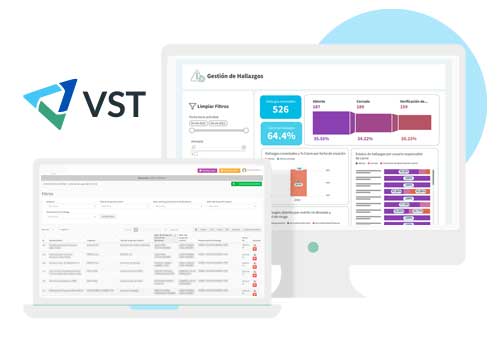
Educating for Sustainability: Why Environmental Awareness Matters
In today’s world, sustainability awareness has become a crucial aspect

Managing EHS risks is critical to workplace employees’ well-being and the organization’s reputation. In today’s digital era, organizations have digital innovations to enhance EHS risk management to the next level. Digitization can streamline processes, improve accuracy and consistency, and provide real-time data analysis.
This blog post explains how digital innovations can elevate EHS risk management and the benefits they bring.
Workplace incidents, maladies, and traumas can have dire ramifications for both employees and organizations. Implementing EHS risk management can aid in shielding employees from harm, confirming regulatory adherence, mitigating potential fiscal losses, and preserving the environment. With the advent of digitization, organizations can streamline the EHS risk management process from start to finish, encompassing risk appraisal, alleviation, and compliance monitoring.
Digitization significantly impacts the overall EHS risk management process, resulting in streamlined processes, improved accuracy and consistency, real-time data analysis, enhanced communication, and collaboration.
One significant benefit of digital innovations is streamlining processes. With digitization, the organization can automate document management, reporting, and task scheduling, reducing manual data entry errors and completion times. Additionally, with the correct software, organizations can know which data is missing to complete mandatory reports such as Hazardous Materials Reports, Environmental Compliance Reports, Incident Reports, Environmental Compliance Reports, Safety Inspection Reports, and Occupational Health Reports.
Improving accuracy and consistency is crucial in EHS risk management. Digitization enhances the accuracy of data collection, analysis, and reporting, providing a clear picture of the organization’s EHS risk profile and enabling better decision-making. Digitization can ensure standardization, control revisions, and monitor deviations.
Real-time data analysis provides immediate visibility into EHS risk trends, allowing you to address potential issues and make timely corrective actions proactively. The ability to respond promptly to EHS risk factors improves organizational compliance, leading to an enhanced reputation for the organization.
Enhanced communication and collaboration are crucial to EHS risk management, particularly in multi-location organizations. Digitization can foster communication and collaboration by providing a central system that enables various stakeholders to access information quickly and easily.
Implementing digitization in EHS risk management can be challenging, particularly in organizations with many processes and employees. The challenges include technological challenges, budgets, and employee buy-in. To address these challenges, organizations need a well-defined strategy that outlines the goals and scope of digitization, identifies the resources required, and establishes an implementation plan.
Identifying employee training needs and securing employee buy-in is essential to EHS risk management digitization success. Employee buy-in can be achieved by engaging them in the digitization process, communicating the benefits and importance of EHS risk management, and showcasing real-life examples of the positive impact of digitization.
The future of EHS risk management is promising, with digital innovations enabling organizations to manage EHS risks more efficiently and effectively.
With the development of artificial intelligence, data analytics, and mobile technologies, organizations can expect a more data-driven approach to EHS risk management in the future.
The organization’s image only binds the limits of digitization, and digitization can improve EHS risk management and provide a safer workplace for employees.
Digital innovation has the potential to transform EHS risk management. By streamlining processes, improving accuracy and consistency, providing real-time data analysis, enhancing communication and collaboration, and using data analytics and mobile technologies, digitization offers a more effective way to identify, assess, and control risks.
Successful implementation requires a well-defined strategy, employee buy-in, training, and ongoing communication.
The future outlook for EHS risk management looks promising, and by embracing digital innovations, organizations can improve the safety and well-being of employees while safeguarding the environment.
Vela Sustainability Technologies delivers state-of-the-art technology to efficiently manage risk and sustainability processes in any area of your project. This allows operational workers, safety and occupational health management, contractors, and external consultants to operate through an integrated system that works according to international standards and regulations in multiple industries.
To know more about this solution, contact us: http://velasustainability.com/contact-us/

In today’s world, sustainability awareness has become a crucial aspect

The Significance of April 28th: World Day for Safety and
